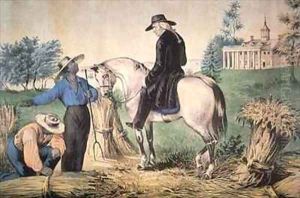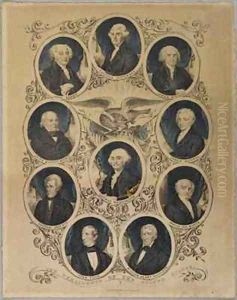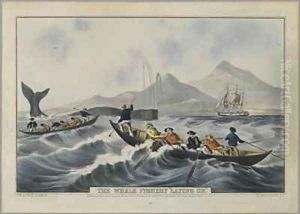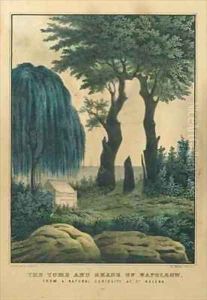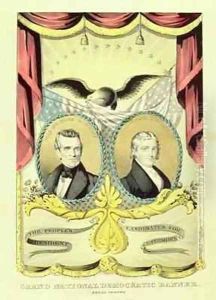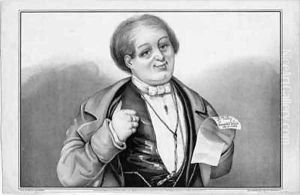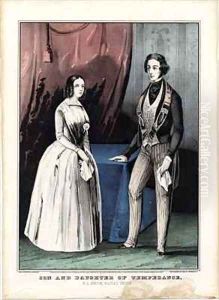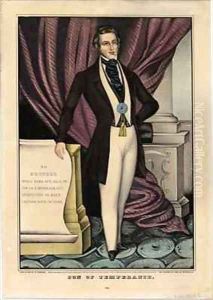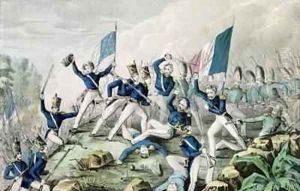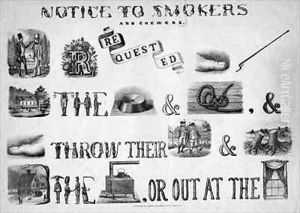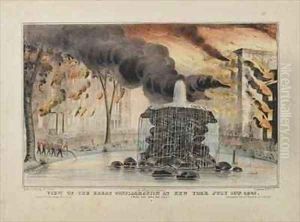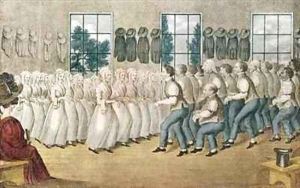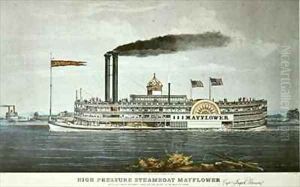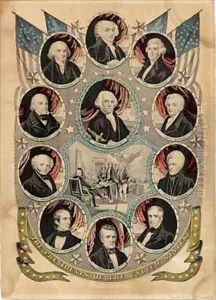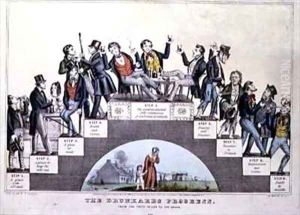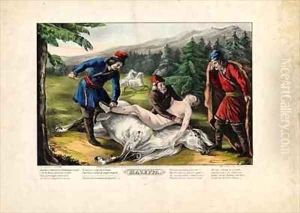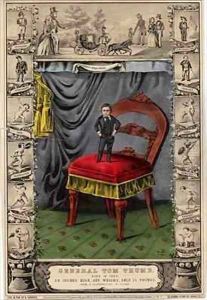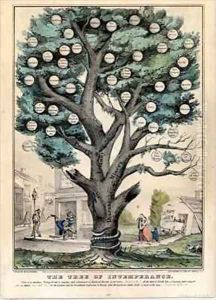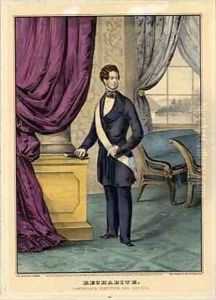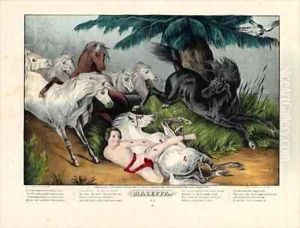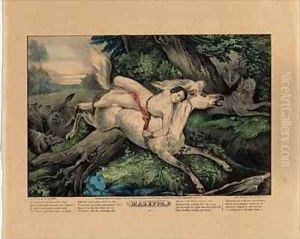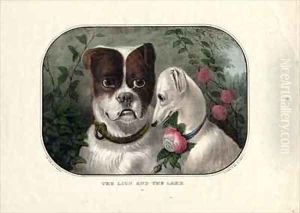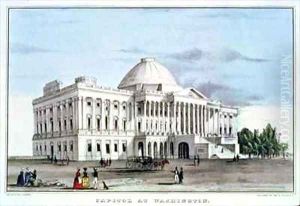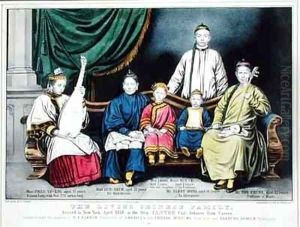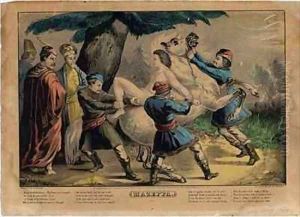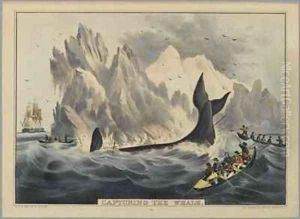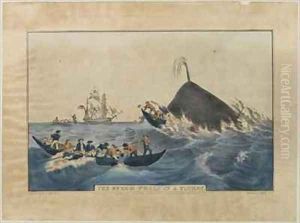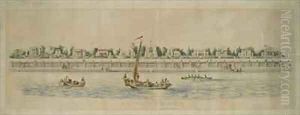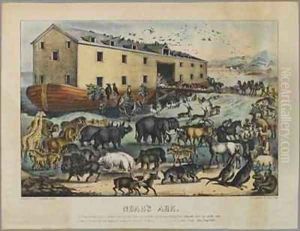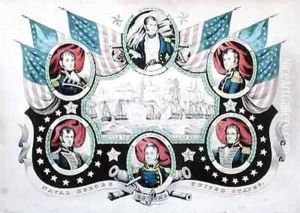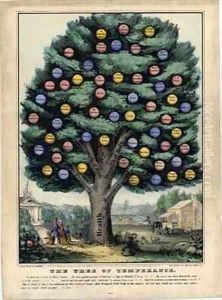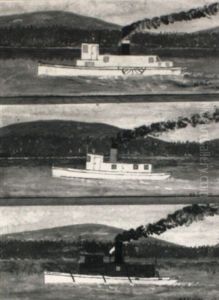Nathaniel Currier Paintings
Nathaniel Currier was an American lithographer who headed the company Currier & Ives, which became famous for its mass-produced prints of American scenes. Born in Roxbury, Massachusetts, on March 27, 1813, he was apprenticed to the Boston lithography shop of William and John Pendleton when he was just 15 years old. There he learned the art and trade of lithography, which was a relatively new printmaking process at the time.
After his apprenticeship, Currier moved to Philadelphia and then to New York, where he started his own business in 1835. His early works included music manuscripts, architectural drawings, and a series of historical prints about a disastrous fire that happened in New York.
Currier was adept at identifying popular subjects for his prints, which led to his early success. In 1840, he produced 'Awful Conflagration of the Steam Boat Lexington,' which was a sensational success and sold thousands of copies. This print established Currier as a significant name in the printmaking industry.
In 1857, Currier partnered with James Merritt Ives, who was skilled in the business and financial aspects of running the print shop, which then became known as Currier & Ives. Ives also contributed artistically, and he improved the quality and richness of the coloration of the prints. Together, they published more prints, often depicting idealized versions of American life, landscapes, and historical events.
Currier & Ives prints were affordable and accessible to the American middle class, which was eager for art to display in homes. The prints were sold by canvassers who traveled the country or through mail order. The firm produced more than 7,500 different images.
Nathaniel Currier retired in 1880, leaving the business to his son Edward and James Ives’ sons. He passed away on November 20, 1888, in Amesbury, Massachusetts. Today, Currier's work is recognized as an important part of American visual culture, and Currier & Ives prints are collected for their historical as well as artistic value.
